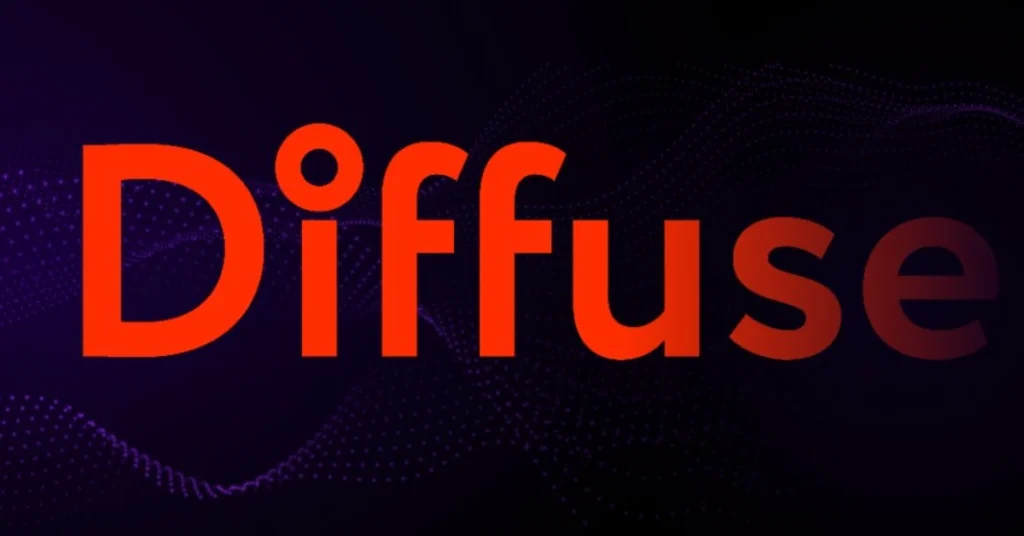As $25 Billion Remains Locked on L2s, Diffuse Shows How That Capital Could Do More



The post As $25 Billion Remains Locked on L2s, Diffuse Shows How That Capital Could Do More appeared first on Coinpedia Fintech News
As of April 2025, over $25 billion in assets sit across Ethereum’s Layer 2 (L2) platforms, rollups, and alt-layer ecosystems. These assets, originally deployed for liquidity or governance, have remained confined to their specific ecosystems, unable to contribute to broader network security or generate additional yields due to interoperability challenges, trust concerns, and connectivity issues.
This fragmentation is a side effect of Ethereum’s L2 success. Networks like Arbitrum, Optimism, and zkSync have significantly improved transaction speed and cost, but at the cost of composability across chains. Assets locked in liquidity pools or lending protocols often remain stuck, unable to move or be repurposed without relying on bridges or wrappers that introduce new risks, fees, and delays.
And yet, those locked assets represent untapped potential. Capital already earning yield in AMMs , lending platforms, or backing overcollateralized stablecoins could do more: supporting broader validation, contributing to shared security, participating in restaking systems, backing overcollateralized stablecoins, cross-chain lending protocols, if only the infrastructure allowed it.
Now, as the industry looks for ways to unlock more utility from already deployed capital, one approach gaining traction focuses on using those assets without moving them. Rather than bridging funds across chains, an approach that introduces friction and risk, some protocols are exploring how locked assets can participate in broader systems while staying exactly where they are.
One such protocol is Diffuse , which is building infrastructure for this kind of cross-chain collaboration. Its Diffuse Collateral enables users to maximize their assets’ utility without relocating them.
Now, they can contribute locked assets from across L1s and L2s to shared security protocols and restaking networks (which are, by default, constrained by interoperability challenges, trust concerns, and connectivity bottleneck) like Symbiotic without moving, wrapping, or giving up custody, with support for EigenLayer coming soon. In return, participants can earn an additional 2–5% in rewards annually, without taking on the risks typically associated with bridging or reallocation.
The Architecture Behind Diffuse Collateral and zkServerless Execution
A cross-chain mechanism for Collateral Abstraction is powered by a zkServerless architecture. At the core of this protocol design are two key principles: verifiable data and trustless interoperability.
As of early 2025, over $2.5 billion has been lost to bridge and oracle exploits, highlighting the risks of relying on intermediaries for cross-chain coordination and off-chain data. At the same time, demand for real-world inputs in tokenization, lending, and restaking is rising fast, making verifiability essential.
Verifiable data ensures inputs like on-chain events are provably correct. Trustless interoperability allows protocols to work across chains without custodians, wrapped tokens, or fragile governance models – now a baseline requirement, not a nice-to-have.
The zkServerless system enables developers to define logic that reacts to on-chain or off-chain events, using authenticated data from Web2 and Web3 sources. This ensures that smart contract interactions across chains, such as linking assets on one blockchain to restaking or some other protocols, can occur securely, without intermediaries.
There are several core components that work together to make cross-chain collateralization secure and trustless. Diffuse’s data feeds use a combination of zero-knowledge (zkTLS) proofs (cryptographic methods that prove something is true without revealing the underlying data) and trusted execution environments (TEEs), which are secure hardware zones that ensure data can’t be tampered with during processing. Together, they fetch real-time prices directly from centralized exchange APIs in a way that’s both accurate and verifiable.
Risk parameters for each collateral type are calculated using these same feeds, allowing the protocol to adjust safeguards dynamically for volatile or complex assets. The Diffuse Protocol tracks key events like deposits, withdrawals, or slashing across chains, while Diffuse Core generates the cryptographic proofs that confirm and authorize each action.
For example, a user holding an asset like wrapped Bitcoin (wBTC) on Ethereum, if supported as collateral, could deposit it directly on Ethereum. From there, Diffuse Collateral helps allocate it to Symbiotic’s vaults on other chains, like Optimism. Rather than moving the asset, Diffuse uses its zkServerless system to generate cryptographic proofs that verify deposit events and other cross-chain actions. This allows the asset to contribute to shared security while remaining in place. All transactions and state changes are backed by verifiable data, giving users and protocols confidence in the process without relying on intermediaries.
Unlocking More Than Yield from the Billions Locked Across Chains
With billions in locked assets still siloed across chains, Diffuse Collateral offers more than just yield. It brings infrastructure-level benefits to the networks themselves. By enabling high-quality collateral to support shared security protocols without relocating capital, Diffuse helps blockchains retain liquidity, reduce fragmentation, and scale participation in restaking. Built on zkServerless, it delivers the cryptographic guarantees, low-overhead automation, and verifiable execution needed to support this coordination at scale. As restaking and shared security reshape DeFi’s foundation, Diffuse is creating new reward pathways and giving blockchains a smarter way to stay liquid, secure, and connected.

Ethereum Price Analysis Today: key Short-term Targets for ETH to Consider Ahead
The post Ethereum Price Analysis Today: key Short-term Targets for ETH to Consider Ahead appeared fi...

Bitcoin Price Regains $91k After Seven Weeks: Top Reason Bulls are Ruling the Crypto Market
The post Bitcoin Price Regains $91k After Seven Weeks: Top Reason Bulls are Ruling the Crypto Market...

Why Bitcoin & Ethereum Price Surge Today? Key Reason Behind It
The post Why Bitcoin & Ethereum Price Surge Today? Key Reason Behind It appeared first on Coinpedia ...

